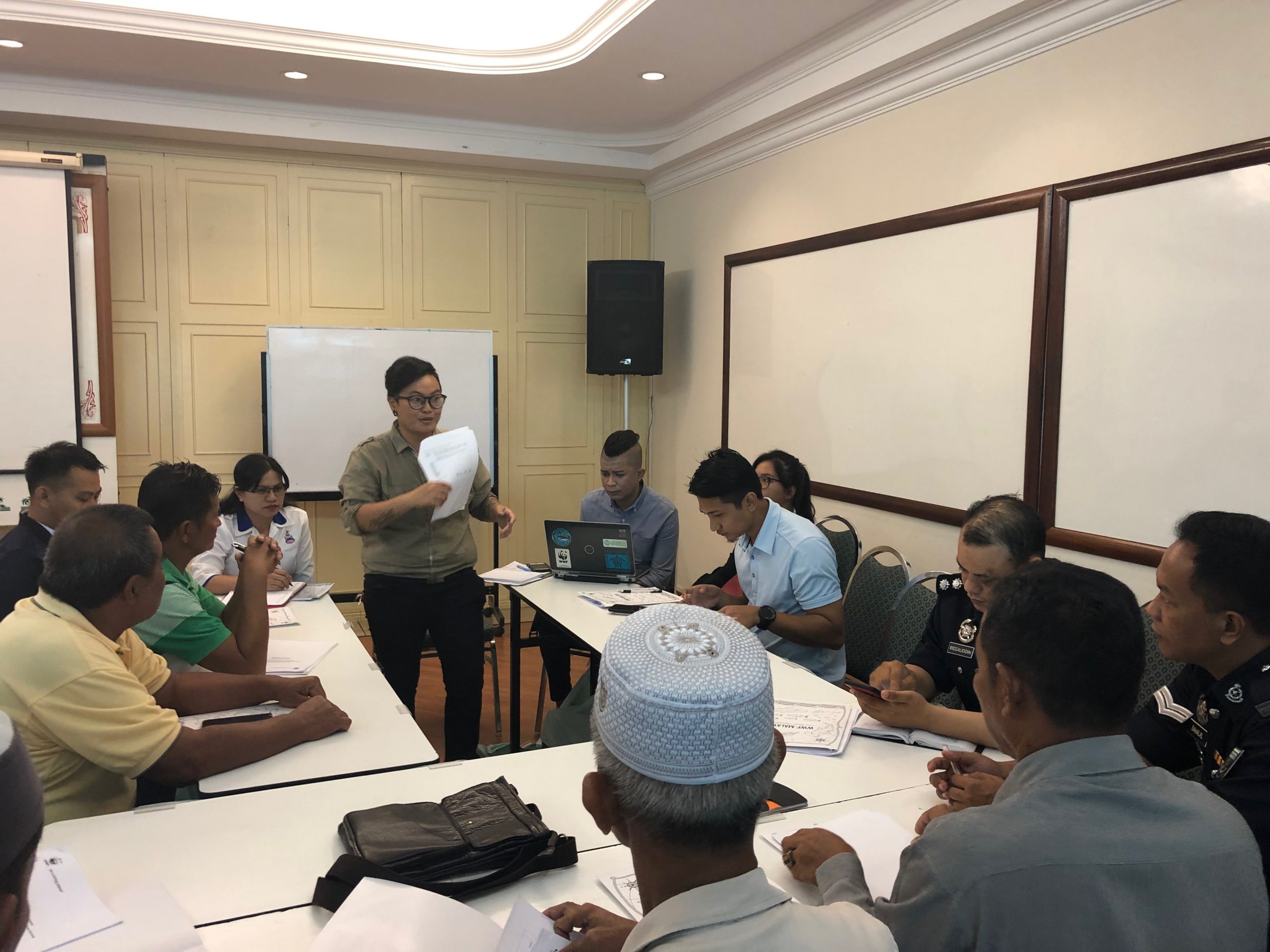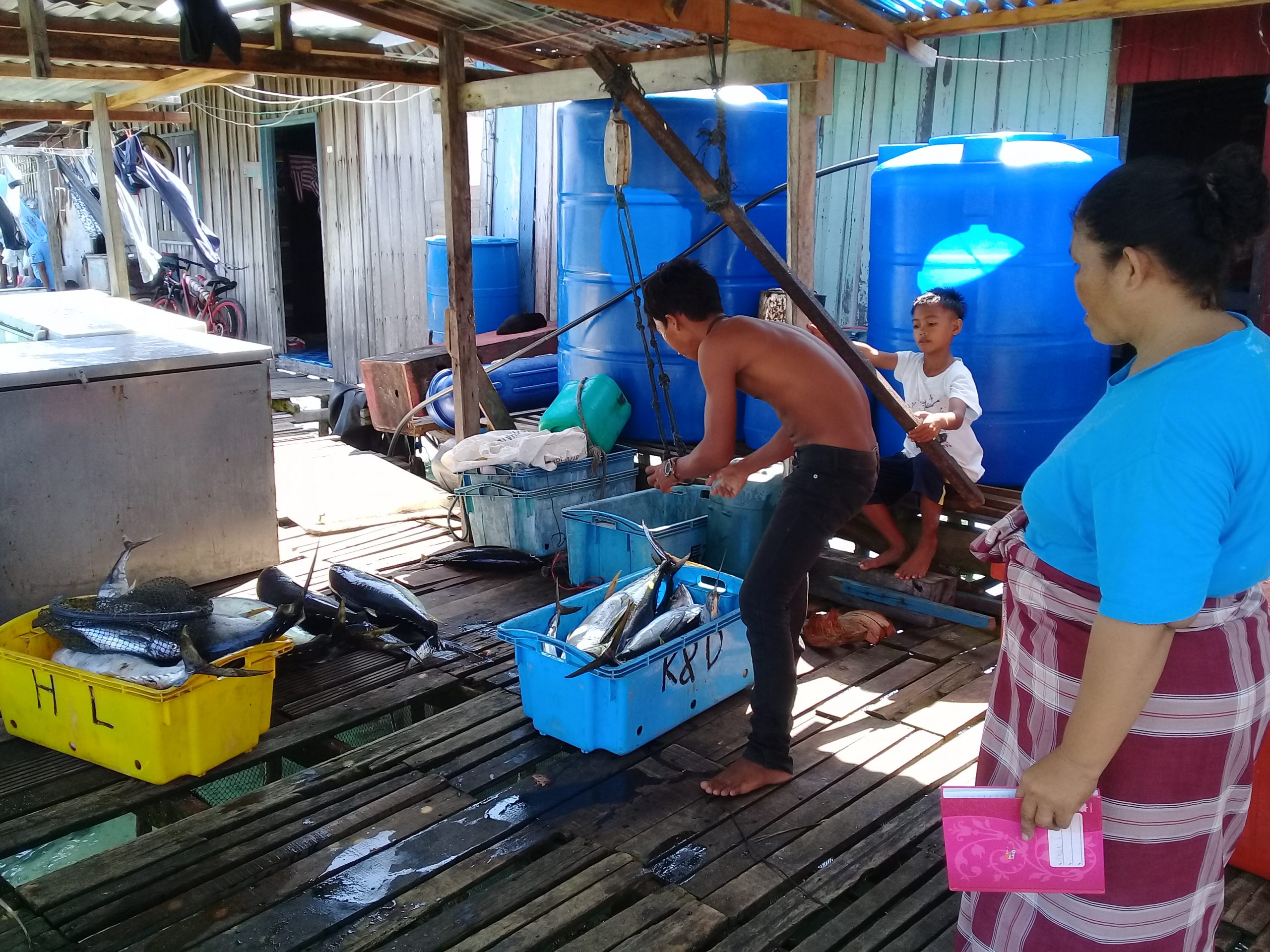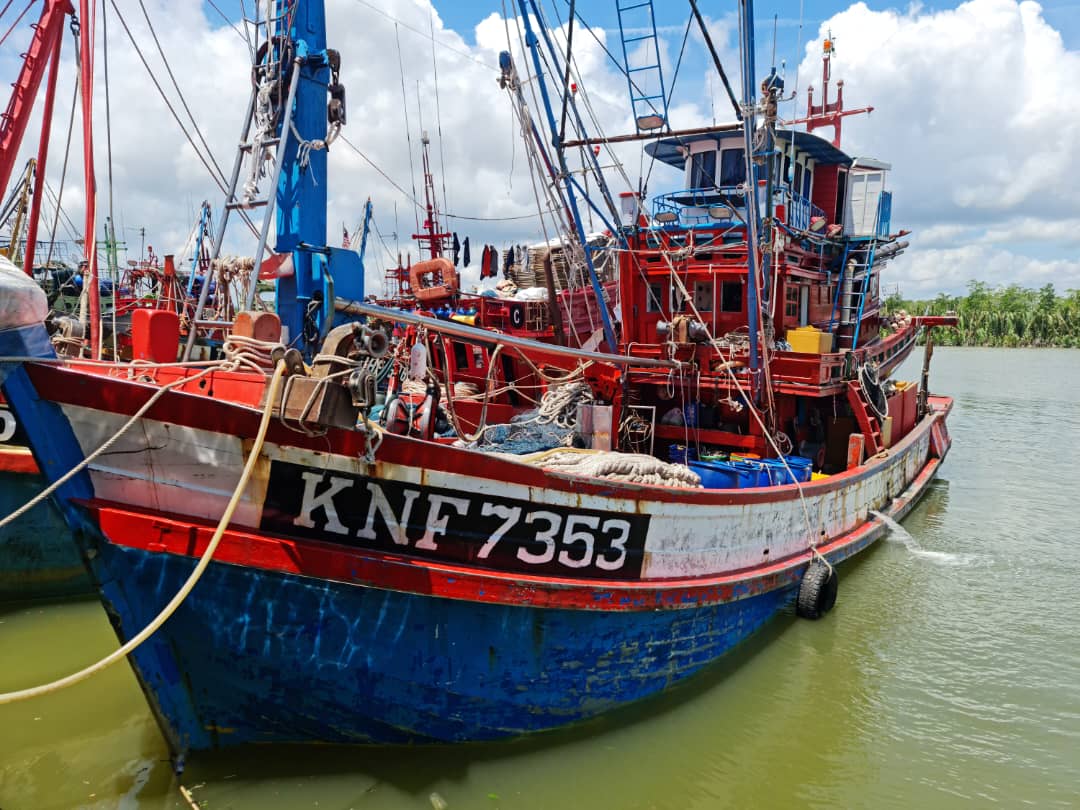SUSTAINABLE FISHERIES INITIATIVE
The Sustainable Fisheries Initiative by WWF-Malaysia aims to transform fisheries management in Malaysia towards sustainability that will ultimately reduce overfishing and improve the well-being of coastal communities and marine environment. The Initiative consists of the Fisheries Improvement Projects (FIP), Small-scale Fisheries Projects (SSFP), the Tun Mustapha Park Fisheries Master Plan (TMP FMP) in Sabah.
Fisheries Improvement Project (FIP)
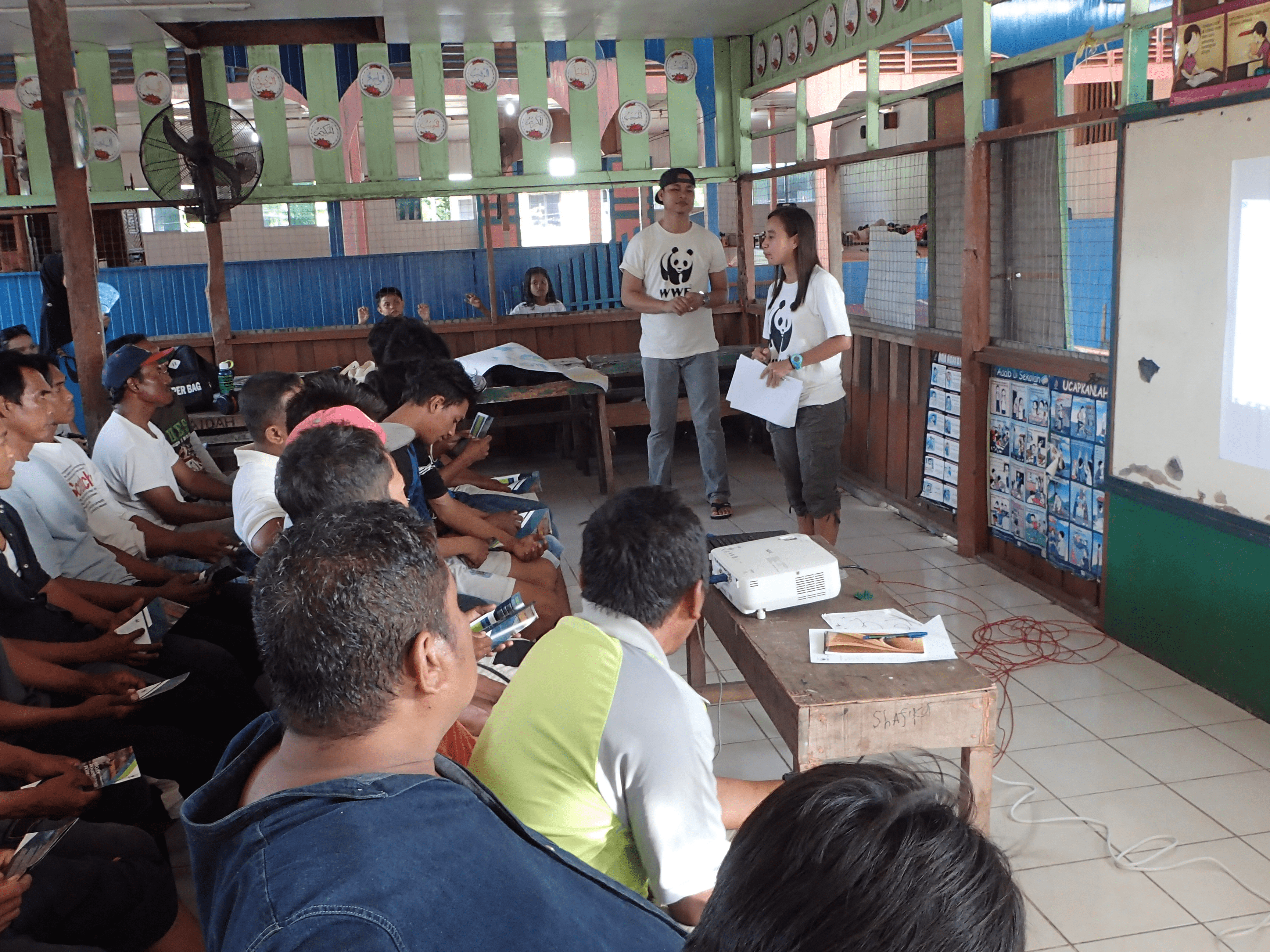
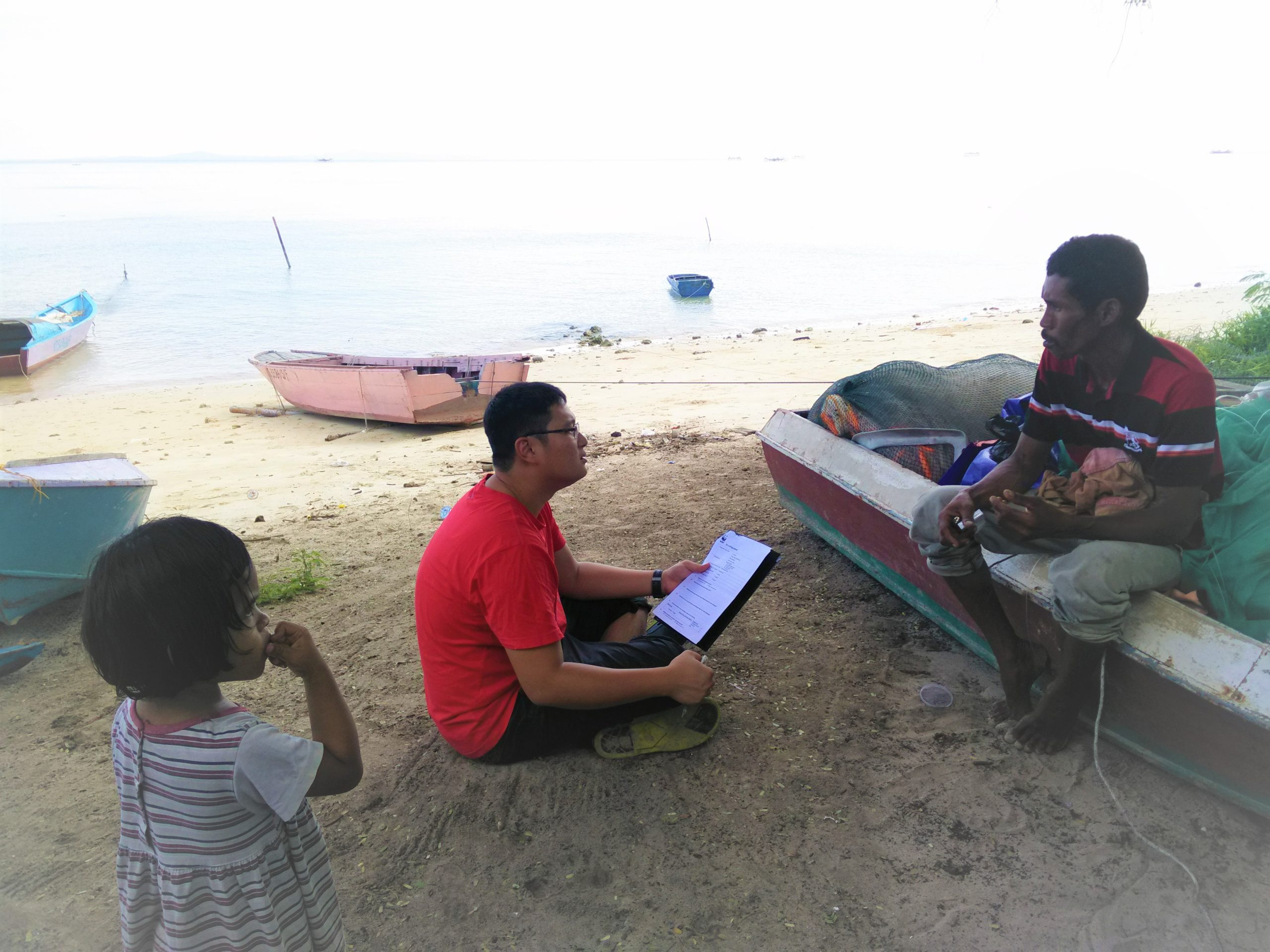
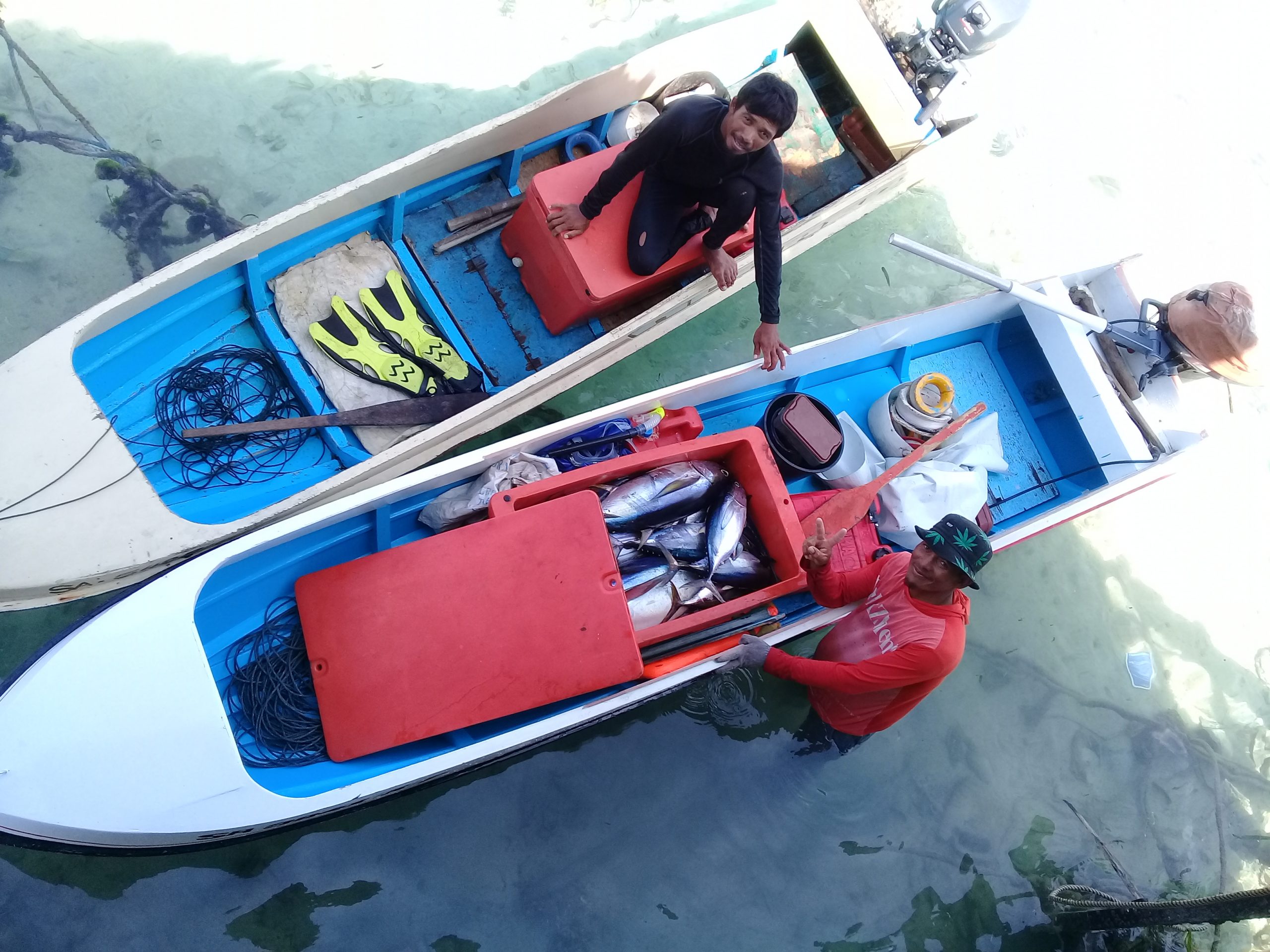
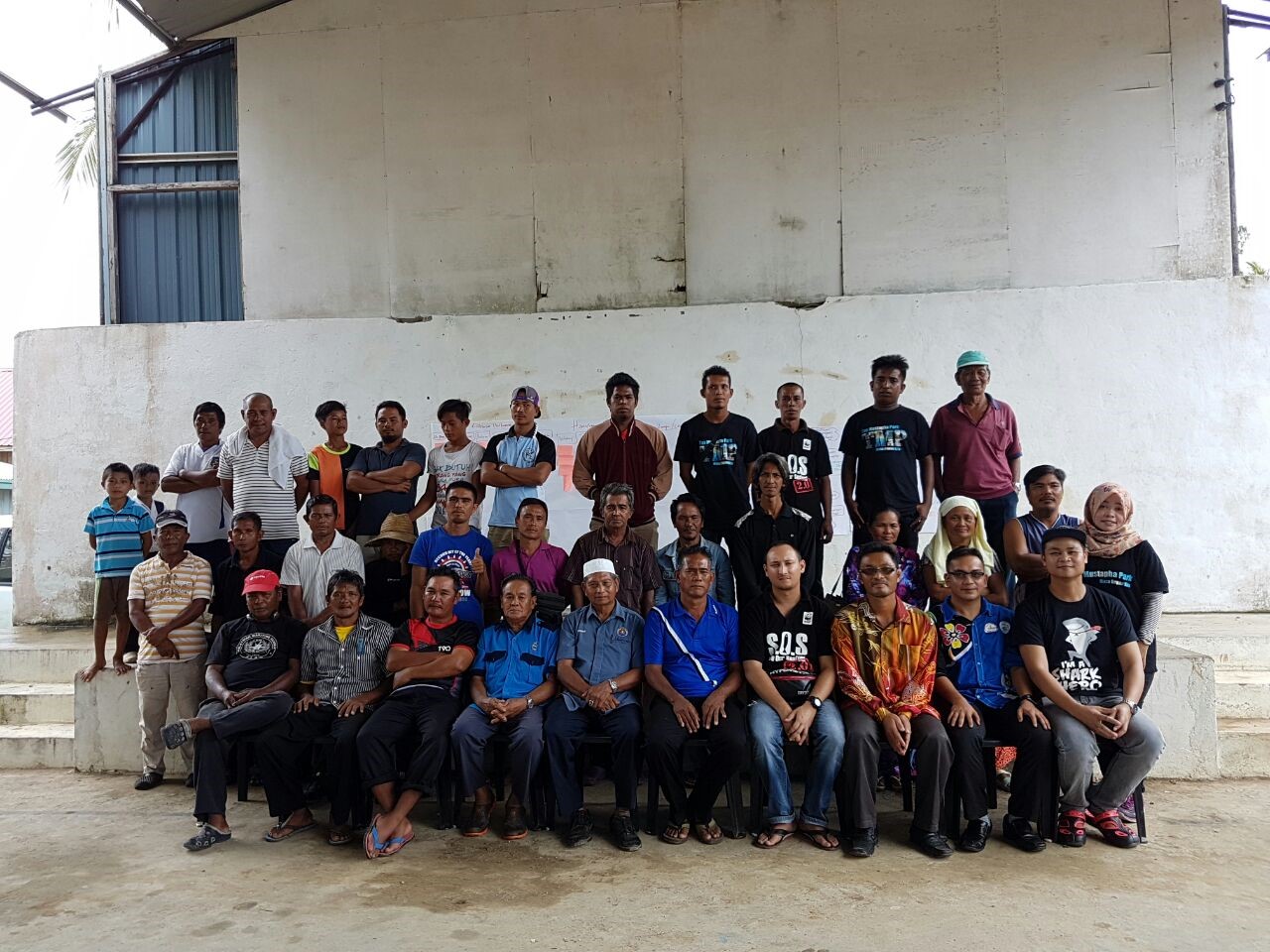
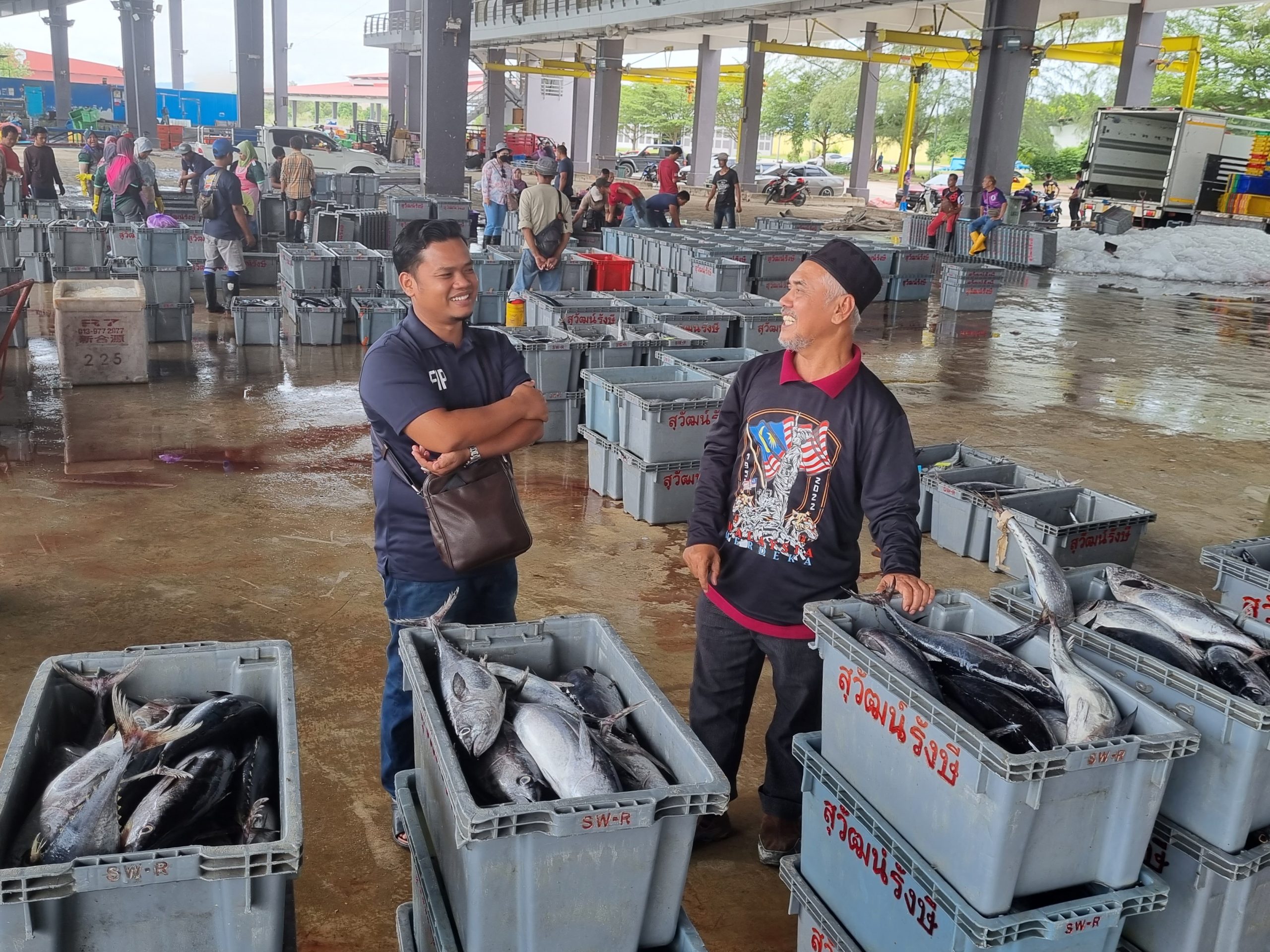
A strategic approach to improve the state of our fishery stocks is urgently needed. Recognising this, WWF-Malaysia introduced the Fisheries Improvement Projects (FIP). FIP aims to promote sustainable fisheries according to the MSC principle, which cover fishery stocks, ocean ecosystems and fishery management. FIP is unique as it involves multiple stakeholders – fishermen, coastal communities, industrial fishers, private sectors, researchers, governmental and non-governmental bodies – to work together in implementing a work plan aimed towards:

Improving sustainability
in fishing activities

Better management
of marine resources

Increasing protection
of the environment

Ensuring financial
viability of the project

Promoting sustainable
seafood locally
and internationally
Download the brochure below to know more about the FIP and potential partnership with WWF-Malaysia
There are 3 main phases in FIP which are scoping, action plan development, and implementation/tracking progress. The FIP begins with the scoping study to understand the selected fishery and to know whether it is feasible for FIP to be conducted in the area. Next, a pre-assessment is done by independent third-parties who assess the fishery against the sustainable fisheries standards to review compliance and determine gaps.
WWF-Malaysia will then facilitate and coordinate stakeholders to develop an action plan based on the outcomes and suggestions from the scoping study and pre-assessment report. All the stakeholders involved in the fishery will implement their respective roles in the action plan and WWF -Malaysia will monitor the progress through annual verification and audit. The FIP will achieve completion once all the fishery principles and components have successfully passed the sustainable fisheries standard.

SCOPING STUDY INITIATION
- Conduct stakeholder mapping and engagement
- Conduct pre-assessment
- Develop FIP scoping document

FIP ACTION PLAN DEVELOPMENT
- Conduct FIP stakeholder meeting
- Develop FIP Action Plan

IMPLEMENTATION AND PROGRESS MONITORING
- Form FIP steering committee
- Implement FIP Action Plan
- Conduct annual FIP review meetings
- Monitor and report on progress
1. Bring Fisheries Toward Sustainability
FIP offers a stepwise approach to achieving more sustainable practices and helps in increased levels of sustainability until the fishery meets the MSC standard. FIPs can be a useful tool for bringing stakeholders together to:
- improve overall fishing practices
- enhance the way a fishery is managed
- strengthen knowledge about a fishery
- establish critical partnerships
- generate community support
- inspire change in other fisheries in the region
2. Ensuring Market Access
Engaging in a FIP may ensure access to key markets, including buyers who are committed to sustainable sourcing.
Source: WWF FIP handbook
Our FIP partners, consisting of coastal communities and multiple supportive stakeholders, are working towards sustainably managing these seafood species:
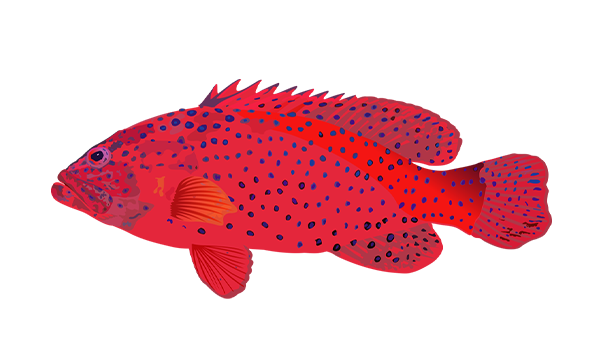
Kerapu (Grouper)
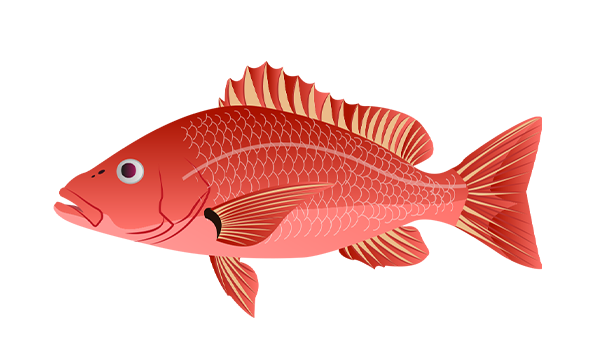
Jenahak (Snapper)
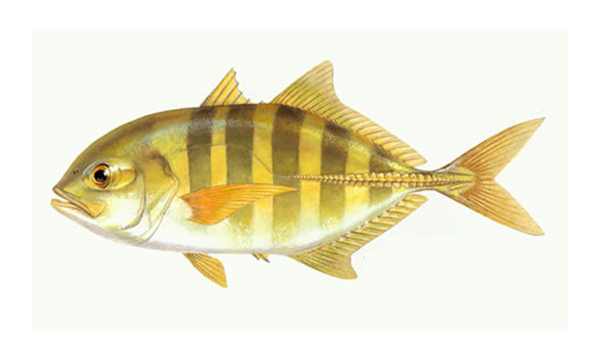
Ikan putih/cermin (Trevally)
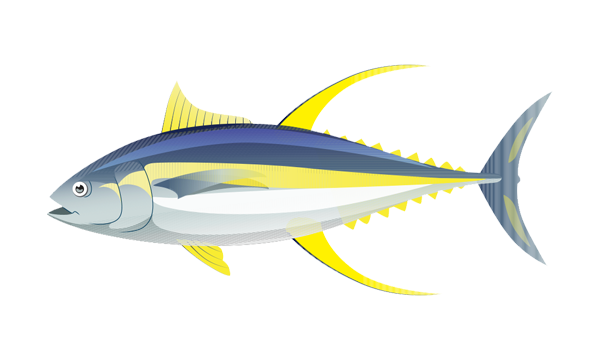
Tuna Sirip Kuning (Yellowfin Tuna)
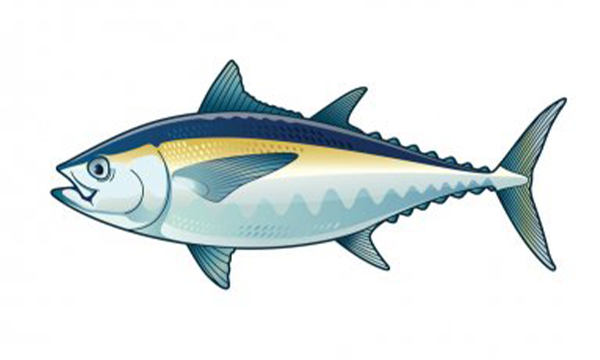
Aya Hitam (Longtail Tuna)
1. Vietnam (Yellowfin Tuna)
Rooted in earlier projects by WWF Vietnam focused on bycatch best practices, the Vietnam yellowfin tuna FIP was launched in 2014, following the completion of a Marine Stewardship Council (MSC) pre-assessment and ensuing FIP Action Plan (updated in 2020). The Action Plan scores the yellowfin against MSC criteria, identifying gaps and recommended actions required to meet the MSC standard. WWF Vietnam is the National FIP Manager and the Vietnam Tuna Association (VinaTuna) is also a member of the FIP Coordination Unit together with an International FIP coordinator supported by WWF-US.
The Vietnam Yellowfin tuna FIP showed improvements, such as increased quality and effectiveness of FIP trace code implementation at site level and improved management in legal customary framework, the government long-term objectives and fisheries-specific objectives.
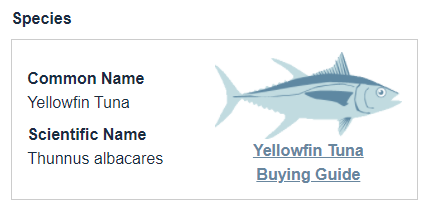
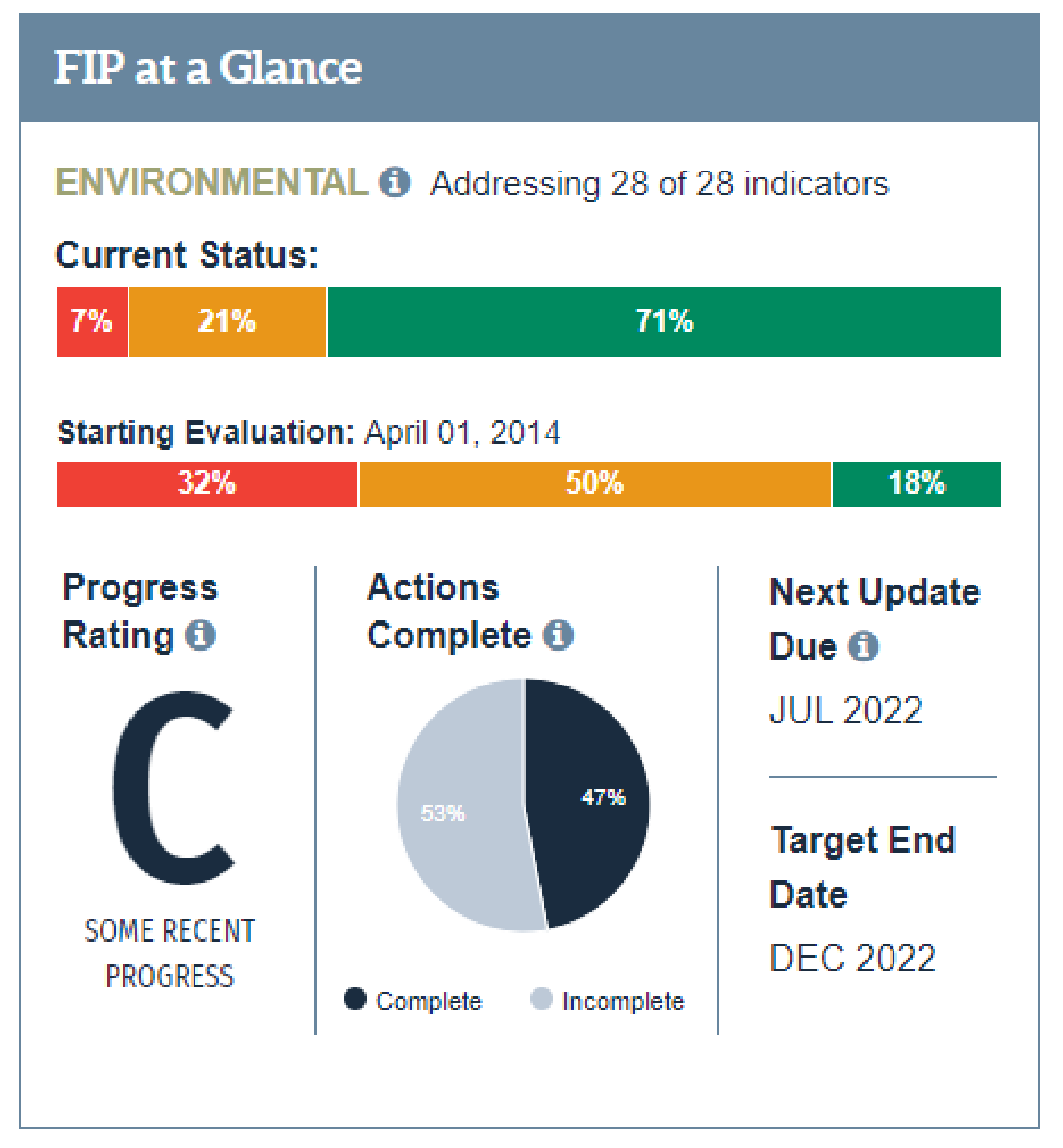
2. Philippines (Yellowfin Tuna)
The FIP aims to improve the small-scale handline fishery for tuna using a stepwise approach by: 1) moving the fishery towards compliance with legal requirements and non-IUU conditions; and 2) building management structures and processes that would make the fishery eligible for Marine Stewardship Council (MSC) certification.
The yellowfin tuna fishing communities of the Lagonoy Gulf and Mindoro Strait have since become models for community-led sustainable fisheries programmes. Through this project, the communities are empowered to have a greater pull in the supply chain while bolstering their position in fisheries governance.

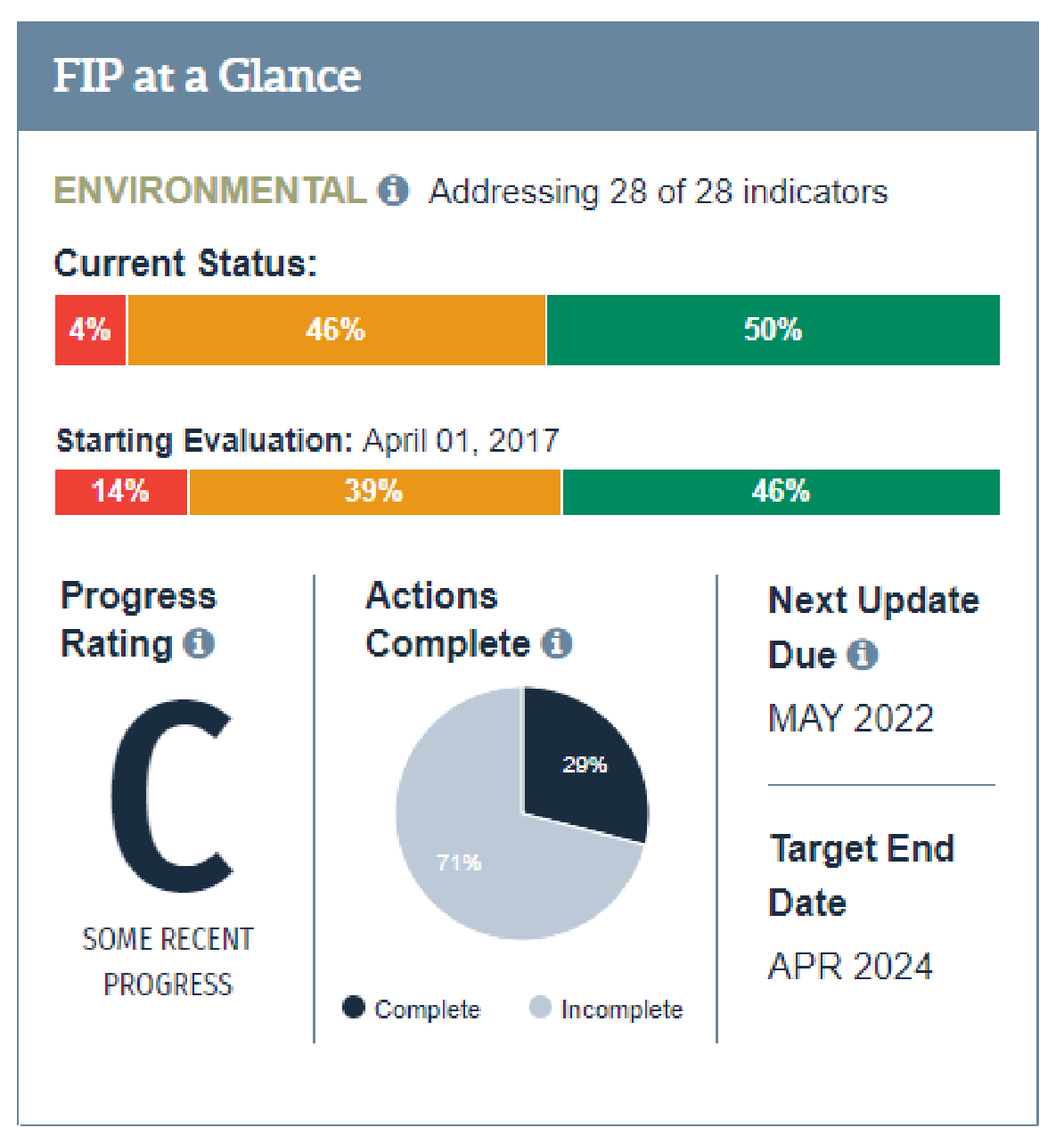
3. Indonesia (Big Tuna)
Indonesia’s purse seine tuna fishery is one of the country’s most economically important fisheries. In order to address supply chain demand for sustainably sourced tuna, PT Pahala Bahari Nusantara has decided to engage in a comprehensive FIP. This FIP encompassess two species, yellowfin tuna (thunnus albacares) and skipjack tuna (katsuwonus pelamis), caught by purse seine vessels. The units of assessment are vessels operating from the Southeast Sulawesi harbour of Kendari, and fishing in the FMAs 713, 714 and 715. There are about 90 active vessels in the fishery, and all are using anchored FADs. Through this project, there is improvement for both targeted species, where they have achieved a 50% green rating (fully passed).
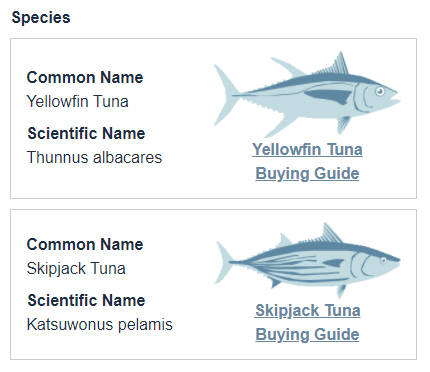
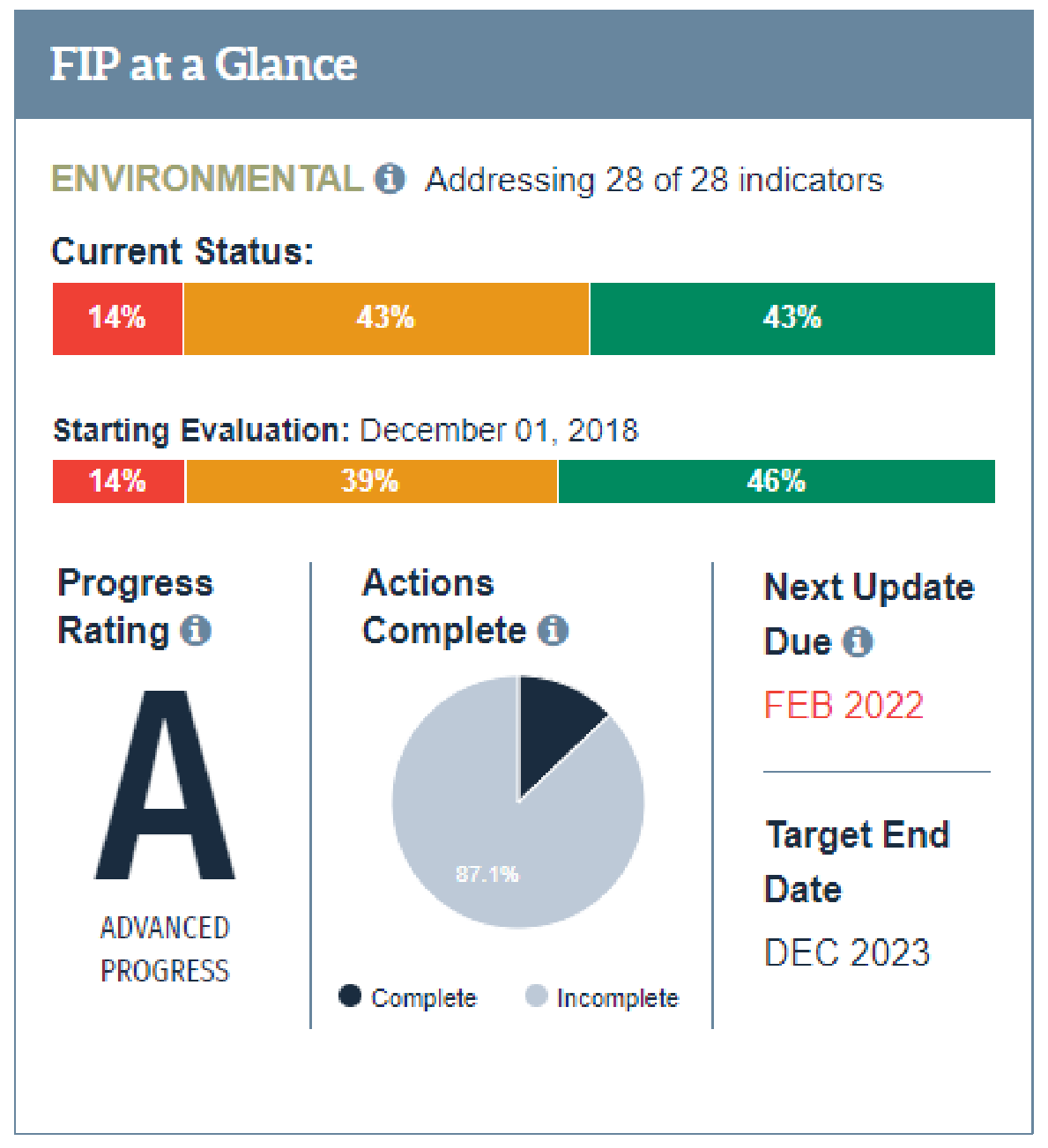
Source: Fisheryprogress.org
EXPLORE OUR FIP SITES
Small-Scale FIsheries Project (SSFP)
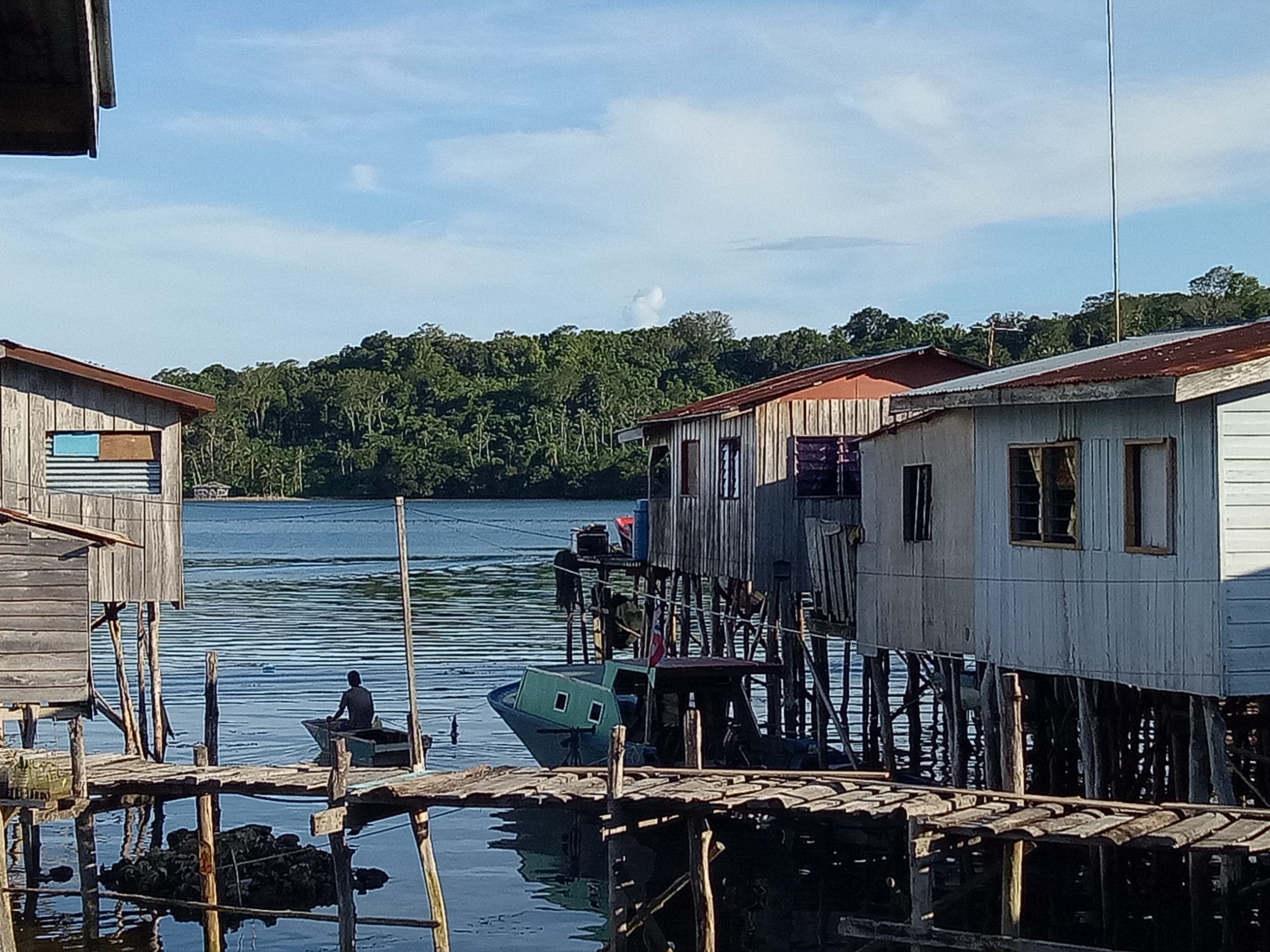
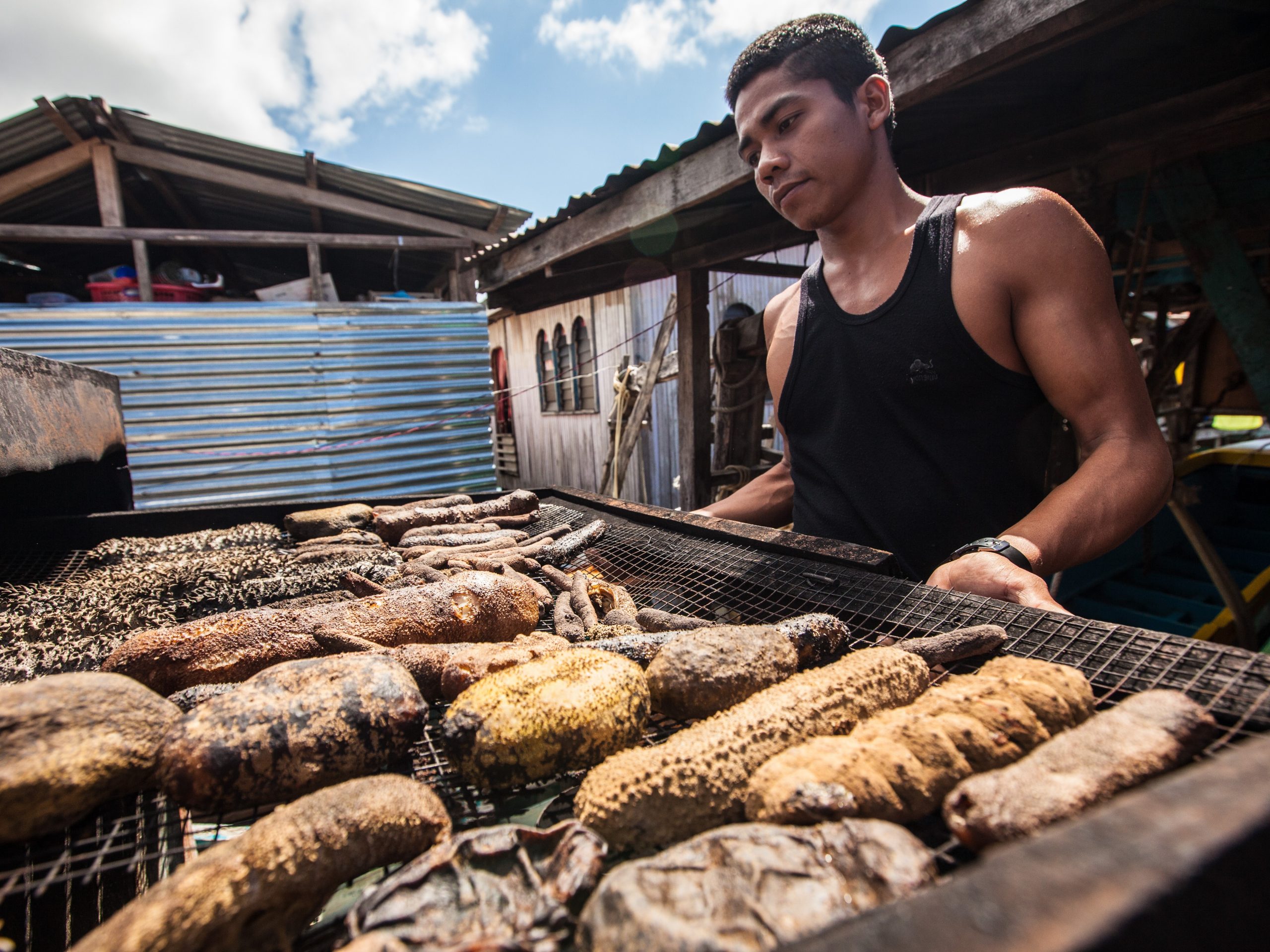
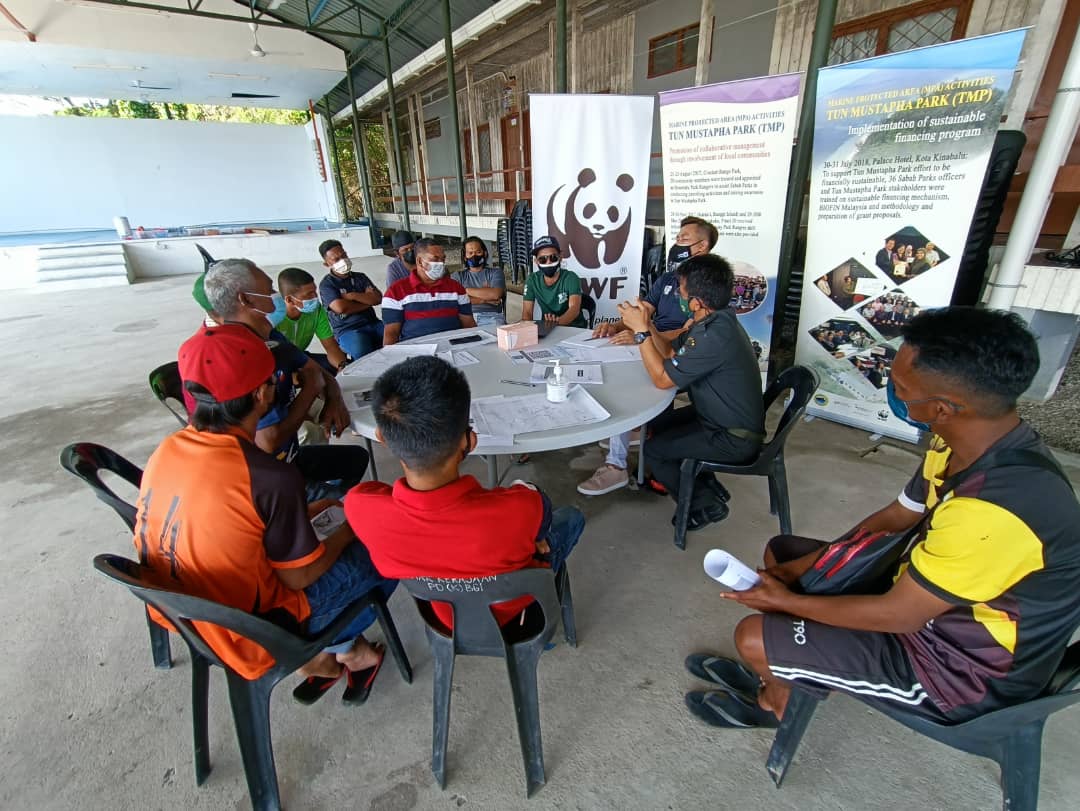
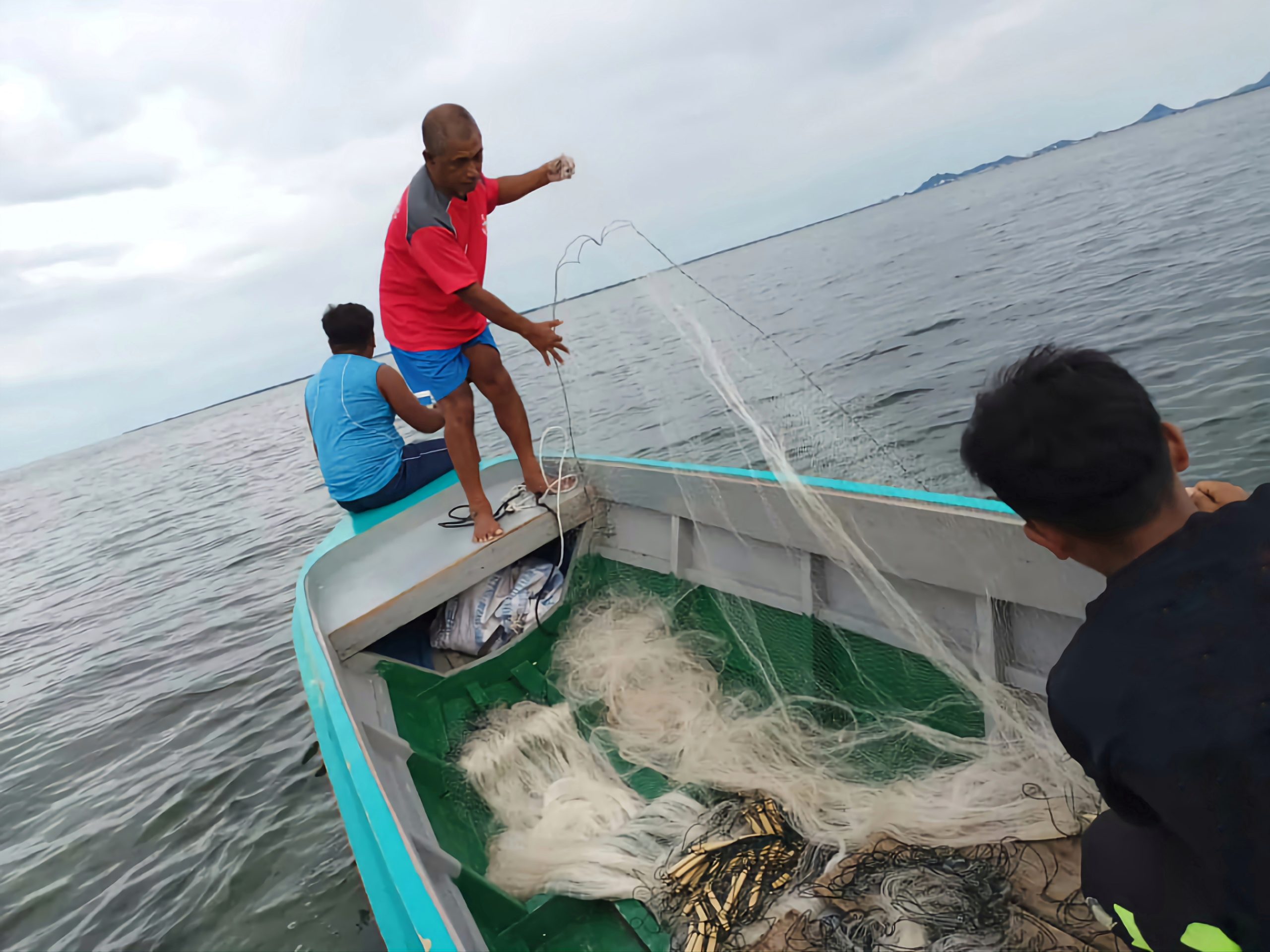
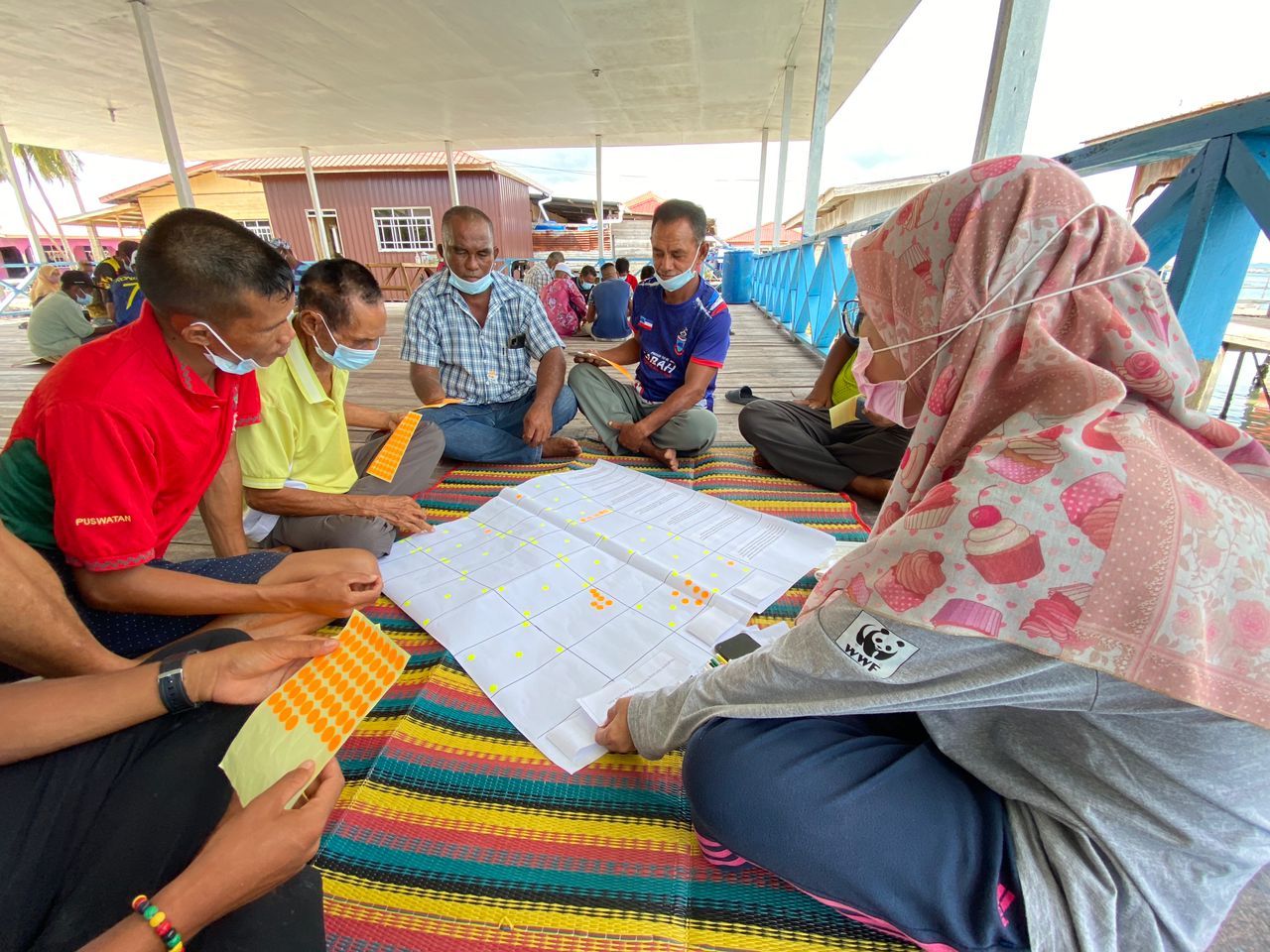
The Small-Scale Fisheries Project (SSFP) is designed to enable sustainable management of small-scale fisheries where the fishing community participates in good governance to meet fish stock recovery and reduce environmental impacts that improves community livelihood and resilience. The project is adopted and inspired from the principles of Ecosystem Approach to Fisheries Management (EAFM), Indigenous People and Community Conserved Areas and Territories (ICCA) and Sustainable Fisheries Definition (WWF Ocean Practice).
There are 5 principles in SSFP:
Societal
inclusion and
participation

Good
governance

Utilisation and
conservation
of fish stock

Improved
livelihood and
community
resilience

Environmental
impacts
mitigation
or reduction
SSFP is entirely different to the Fisheries Improvement Project (FIP). The FIP is a seafood species-specific project while SSFP focuses on the management of specific fisheries issues, such as climate change and/or fish bombing that are impacting the fisheries, marine ecosystem, and community well-being.
The SSFP process begins with engaging with the coastal community and related stakeholders to complete a scoping study which informs the gaps, challenges and recommendations for the project. Recommendations in the scoping study will be utilised for the project design and the development of an action plan that helps as a guidance to mitigate identified fishery threats. The project will be implemented based on this action plan. Continuous monitoring, adaptation, and evaluation will be conducted to track progress of the SSFP.
Below are the 4 major phases of SSFP implementation:

DEFINE
- Site selection
- Fishery gap analysis
- Stakeholder analysis

INITIATE
- Validate gaps and prioritise recommendations
- Development of action plan
- Socialise action plan

IMPLEMENT
- Implementation and monitoring
- Adaptive management

MONITOR
- Project evaluation
- Exit plan
OUR SSFP SITES
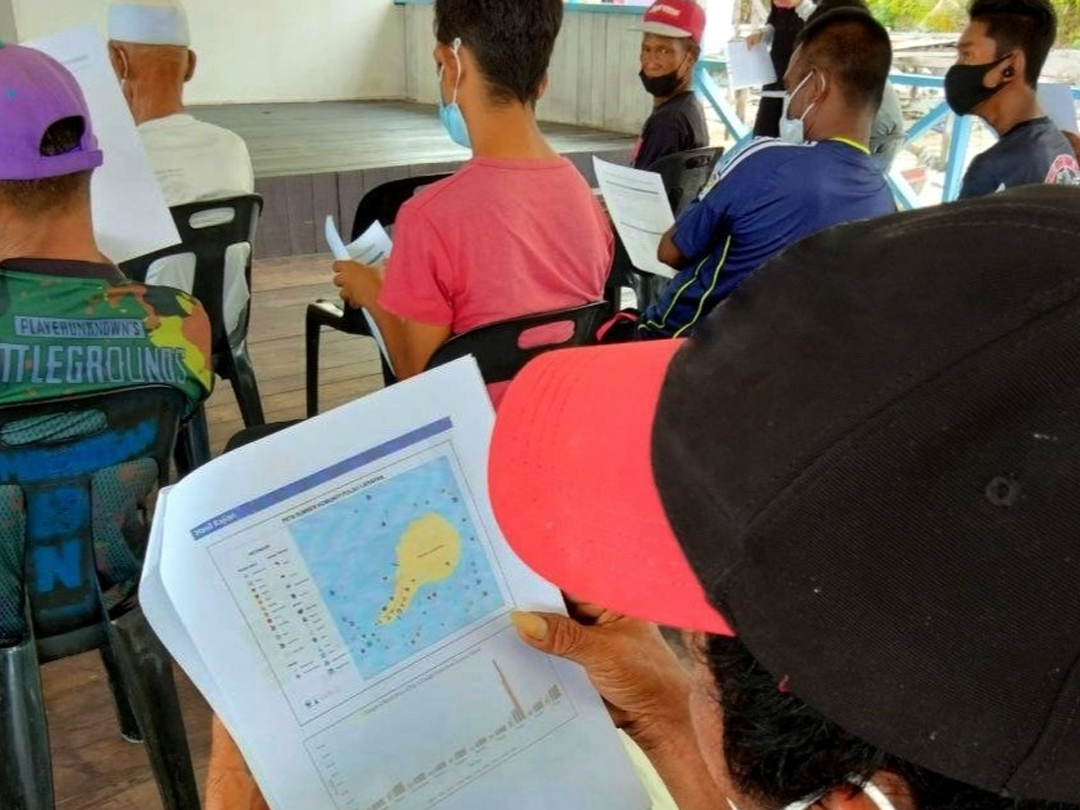
Larapan Island SSFP
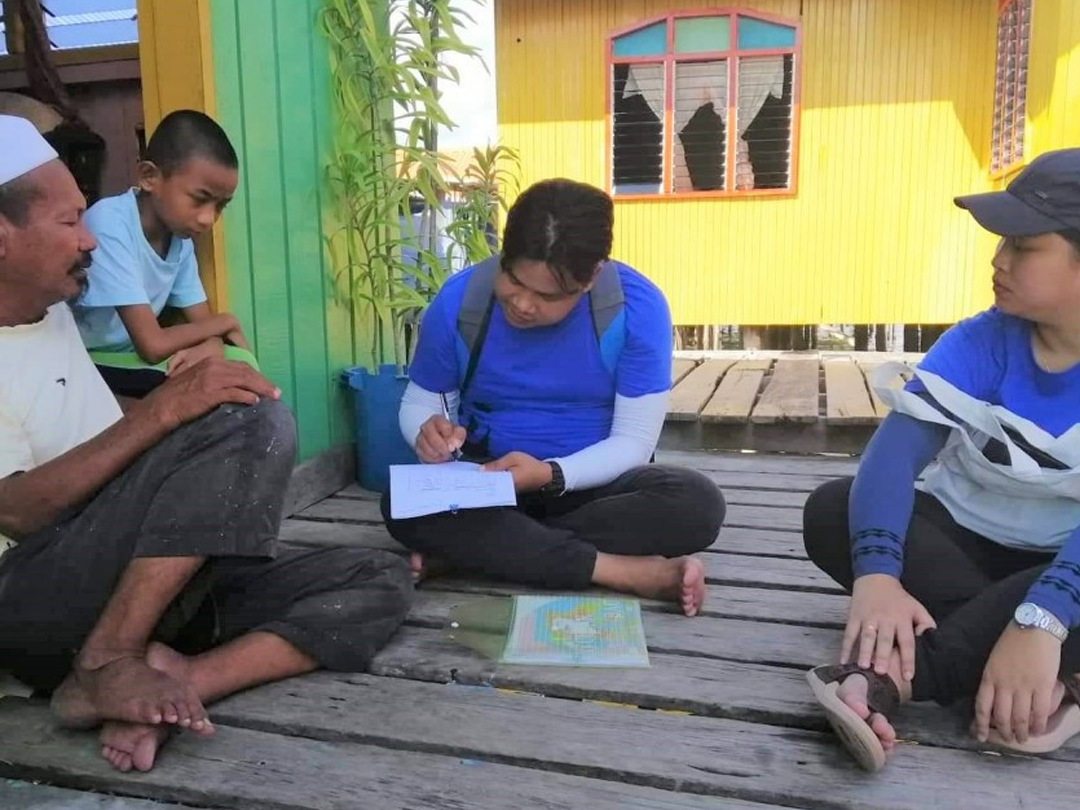
Banggi Island SSFP
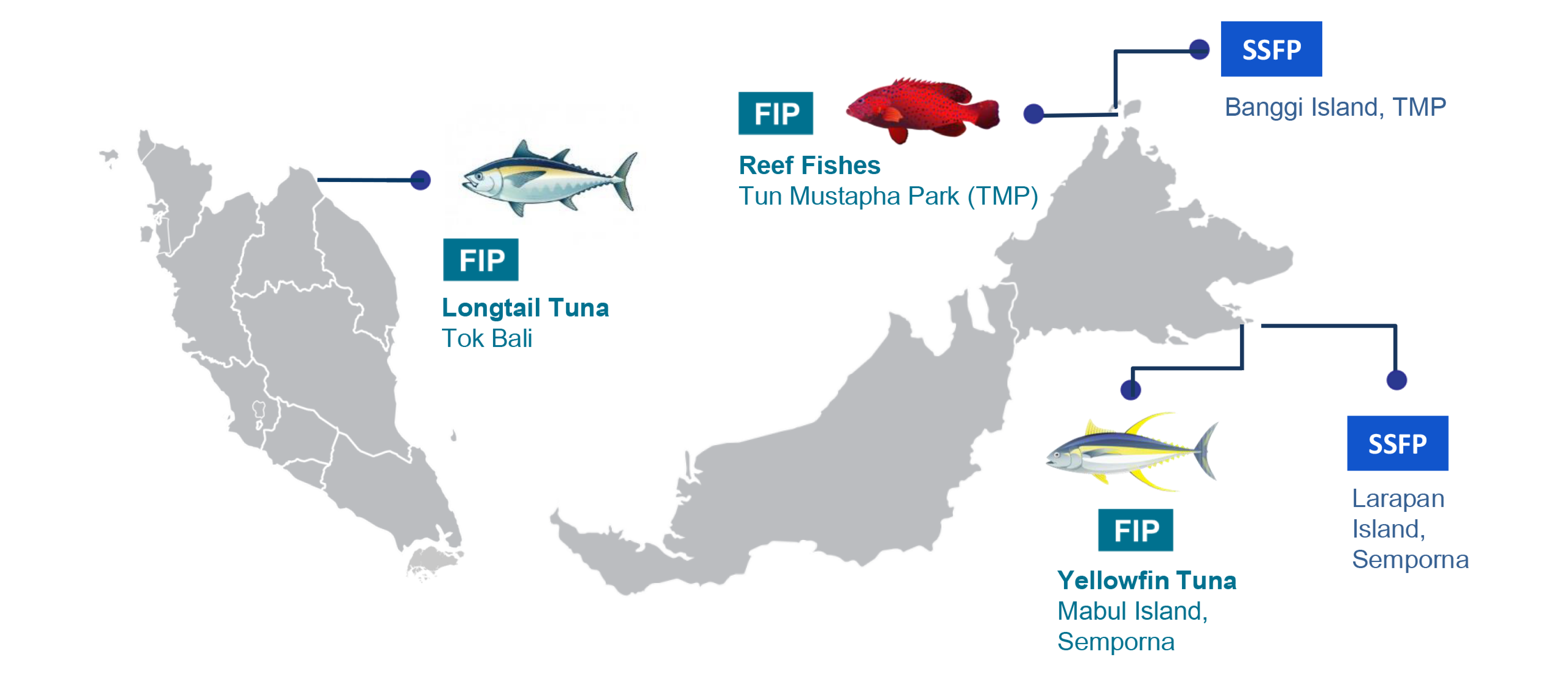
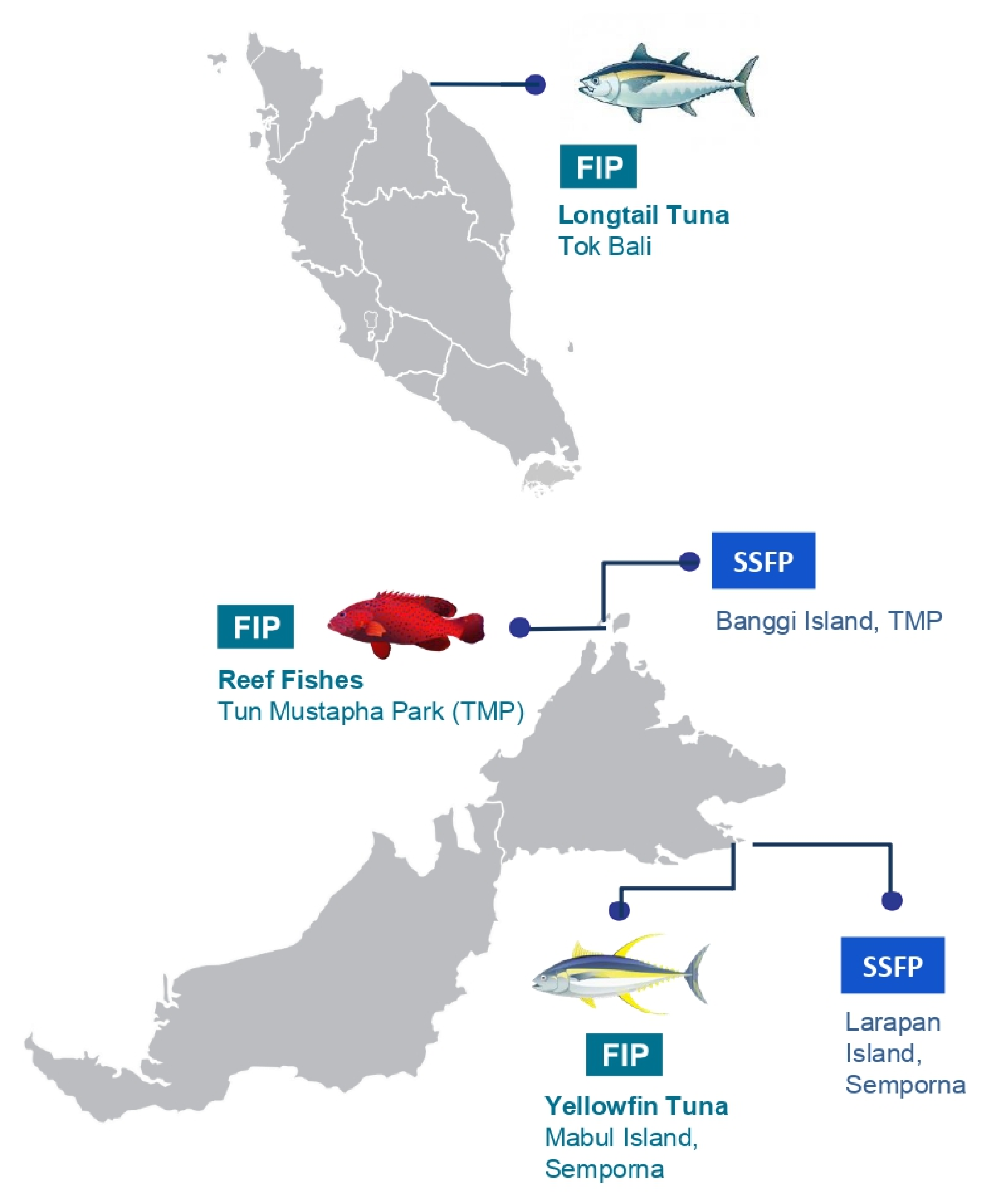
 Bahasa Malaysia
Bahasa Malaysia